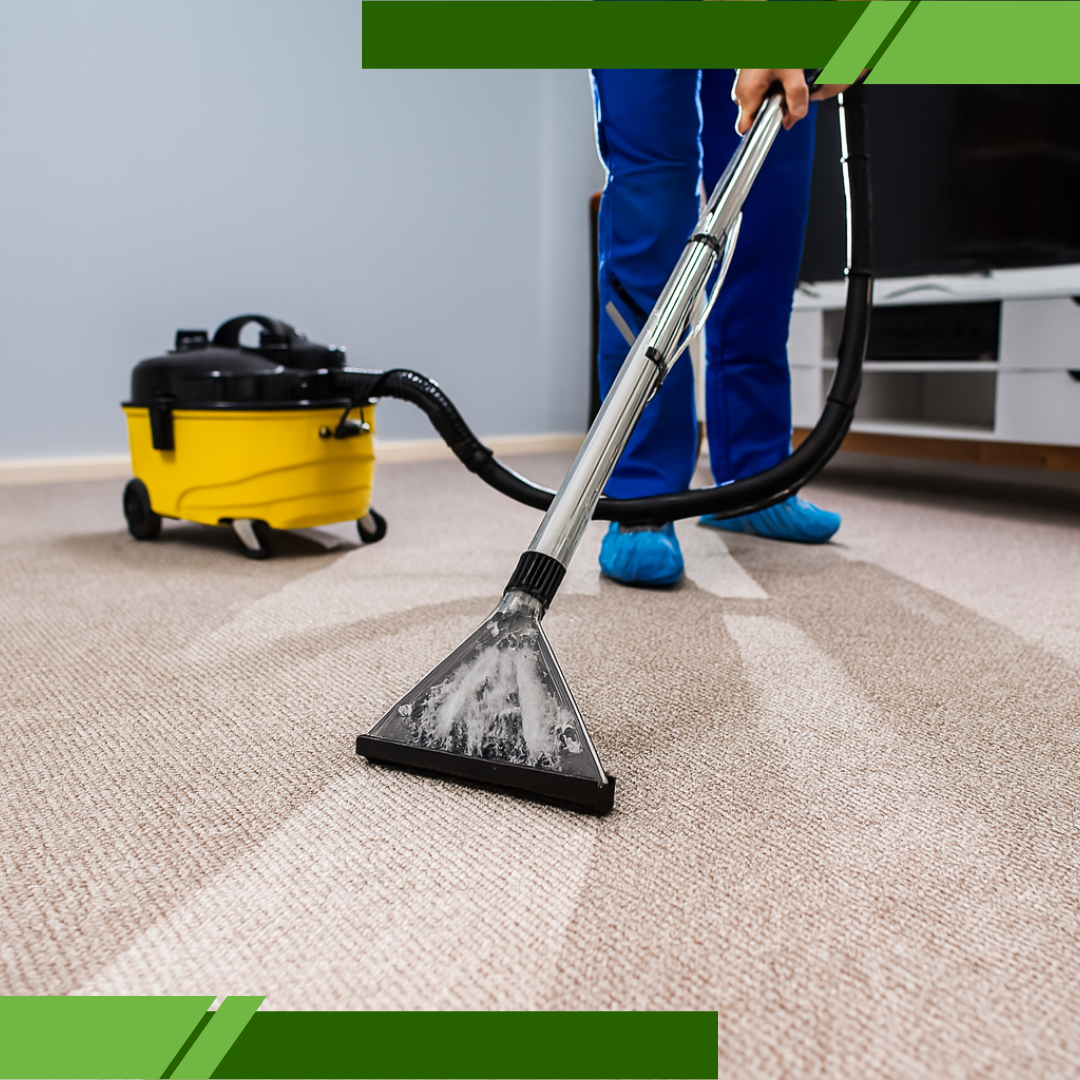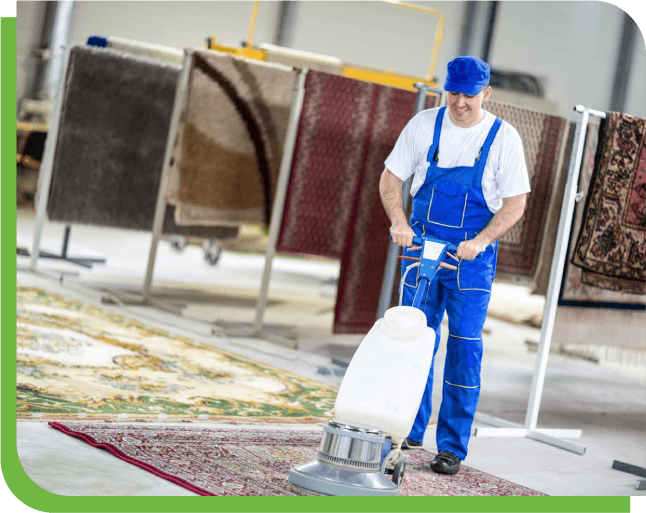Get in touch
Fill this up to proceed

We are committed to providing a world-class carpet, rug, upholstery, drapery or mattress cleaning services that will open your door to a happier and healthier green indoor environment.
Indoor allergy relief in Playa Vista isn’t just a seasonal concern—it’s a daily necessity for millions battling sneezing, wheezing, and irritation within the comfort of their homes. If allergens are making your space unbearable, it’s time to reclaim your air and your peace. This comprehensive guide blends creativity and science to help you breathe easier
If you’re struggling to achieve indoor allergy relief, it helps to know what you’re up against. These common yet often overlooked triggers may be hiding in plain sight:

Simple daily habits can make a huge difference in achieving consistent indoor allergy relief. Start by establishing a no-shoes policy to prevent pollen, dust, and outdoor allergens from entering your home. Wipe down surfaces with a damp microfiber cloth to trap and remove irritants instead of spreading them. Wash bedding weekly in hot water to eliminate dust mites, and keep pets out of bedrooms to minimize dander. Run bathroom and kitchen exhaust fans to control moisture and reduce mold risk. Change HVAC filters regularly and use HEPA air purifiers in high-traffic rooms to improve air quality. Shower and change clothes after spending time outside to avoid bringing allergens in. For an extra layer of protection, schedule professional Carpet Cleaning Playa Vista to remove deep-seated allergens from fibers. These daily routines build a strong foundation for indoor allergy relief that’s natural, effective, and easy to maintain.

The bedroom is often ground zero for allergic reactions. Here’s how to minimize exposure while you sleep:
Your living room may be cozy, but it can trap allergens too. To upgrade your indoor allergy relief plan:
Designing a home with indoor allergy relief in mind starts with minimizing allergen traps. Choose hard flooring like tile, vinyl, or hardwood instead of carpet, which easily collects dust mites, dander, and pollen. If you do have carpets, opt for low-pile styles and vacuum regularly using a HEPA-filter vacuum. For deeper cleaning, schedule appointments with professional carpet cleaners who can extract allergens embedded in the fibers—something regular vacuums can’t always achieve.
Furnish your space with smooth, easy-to-clean surfaces and avoid heavy drapes or plush furniture that harbor dust. Use hypoallergenic bedding, install window coverings that can be wiped down, and select low-VOC paints and cleaning supplies. These intentional choices not only support a healthier living space but provide lasting indoor allergy relief while making your home more comfortable and breathable year-round.
A: Check monthly. Most HEPA filters need replacing every 6–12 months, while pre-filters may require monthly cleaning.
A: Yes, lifestyle and environmental changes can significantly reduce symptoms without drugs—especially when combined with air purifiers, frequent cleaning, and allergen avoidance.
A: Some plants can purify air, but others harbor mold. Choose low-pollen, easy-to-clean varieties like snake plants or spider plants.
A: Yes. Always follow manufacturer instructions to clean and disinfect devices regularly.
A: Use allergen-proof mattress and pillow covers, wash bedding in hot water weekly, vacuum with a HEPA filter, and keep humidity below 50%.

We are committed to providing a world-class carpet, rug, upholstery, drapery or mattress cleaning services that will open your door to a happier and healthier green indoor environment.
We are committed to providing a world-class carpet, rug, upholstery, drapery or mattress cleaning services that will open your door to a happier and healthier green indoor environment.